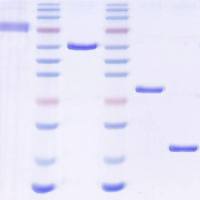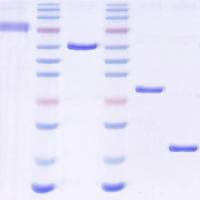In Vitro Propagation of Olive (Olea europaea L.) by Nodal Segmentation of Elongated Shoots
互联网
640
Olive (Olea europaea L.), long-living, ever-green fruit tree of the Old World, has been part of a traditional landscape in the Mediterranean area for centuries. Both the fruits consumed after processing and the oil extracted from the fruits are among the main components of the Mediterranean diet, widely used for salads and cooking, as well as for preserving other food. Documentations show that the ancient use of this beautiful tree also includes lamp fuel production, wool treatment, soap production, medicine, and cosmetics. However, unlike the majority of the fruit species, olive propagation is still a laborious practice. As regards traditional propagation, rooting of cuttings and grafting stem segments onto rootstocks are possible, former being achieved only when the cuttings are collected in specific periods (spring or beginning of autumn), and latter only when skilled grafters are available. In both the cases, performance of the cultivars varies considerably. The regeneration of whole plants from ovules, on the other hand, is used only occasionally. Micropropagation of olive is not easy mainly due to explant oxidation, difficulties in explant disinfection, and labor-oriented establishment of in vitro shoot cultures. However today, the progress in micropropagation technology has made available the complete protocols for several Mediterranean cultivars. This chapter describes a micropropagation protocol based on the segmentation of nodal segments obtained from elongated shoots.









